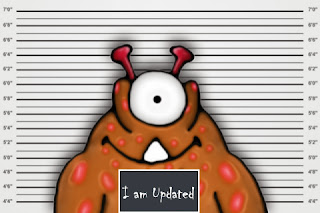Another important update by Google has been released as an Algorithm update and not any Panda or Penguin Update. This is a combat to make the mugshot websites form ranking high in the ranking data by Google.
The mugshot web sites work in a different process altogether. These websites usually pick up arrest details and snaps from several government web sites. This is the data which is then used to create landing pages which rank high in the search engines, like Google, Bing, and so on. Whenever a person searches for his/her name and is encountered with such results, there is a trend to even pay for it and hence remove it. The web sites charges to remove the page. This is a crucial stage which was becoming more contagious among the web world. However this recent update was furnished to put an end to all such illegitimate processes.
Nevertheless Google has talked about working harder on these websites and make this Mugshot Extortion Racket a failure. Google has been working on its algorithm process in order to address this overall issue in a consistent way.
The article in the NY Times has established this fact that this algorithmic update of Google will be a concern for all the mugshots websites. Some of the listed and impacted sites are namely:
J.Taylor is an web content writer and blogger with sound knowledge on internet marketing. His Previous article is all about the JOOMLA. To see the previous article click on this link The Design Boyz Reviews.
The mugshot web sites work in a different process altogether. These websites usually pick up arrest details and snaps from several government web sites. This is the data which is then used to create landing pages which rank high in the search engines, like Google, Bing, and so on. Whenever a person searches for his/her name and is encountered with such results, there is a trend to even pay for it and hence remove it. The web sites charges to remove the page. This is a crucial stage which was becoming more contagious among the web world. However this recent update was furnished to put an end to all such illegitimate processes.
 |
| Mugshot Funny |
The article in the NY Times has established this fact that this algorithmic update of Google will be a concern for all the mugshots websites. Some of the listed and impacted sites are namely:
- Mugshots
- BustedMugshots
- JustMugshots
J.Taylor is an web content writer and blogger with sound knowledge on internet marketing. His Previous article is all about the JOOMLA. To see the previous article click on this link The Design Boyz Reviews.

